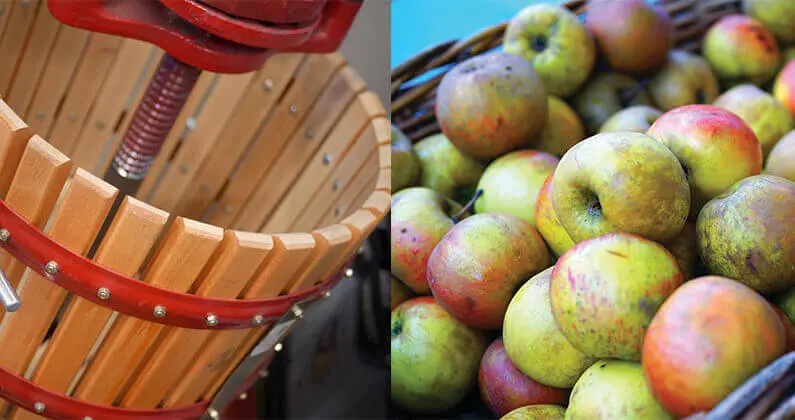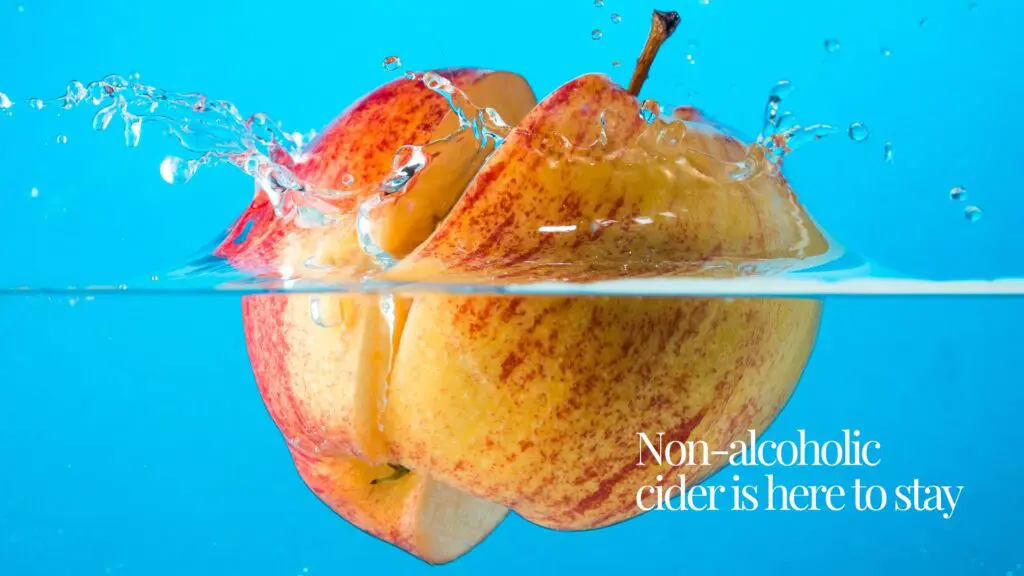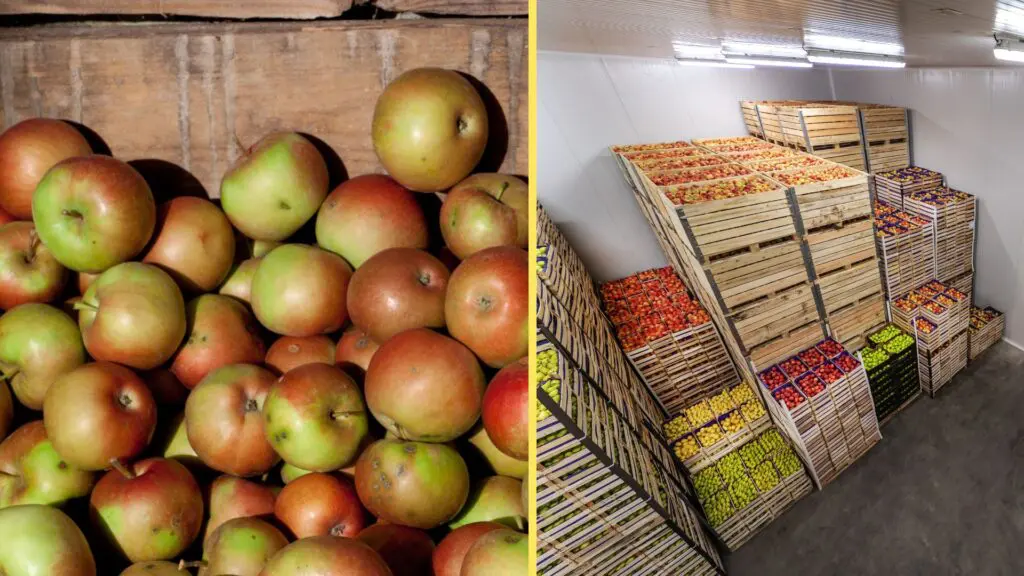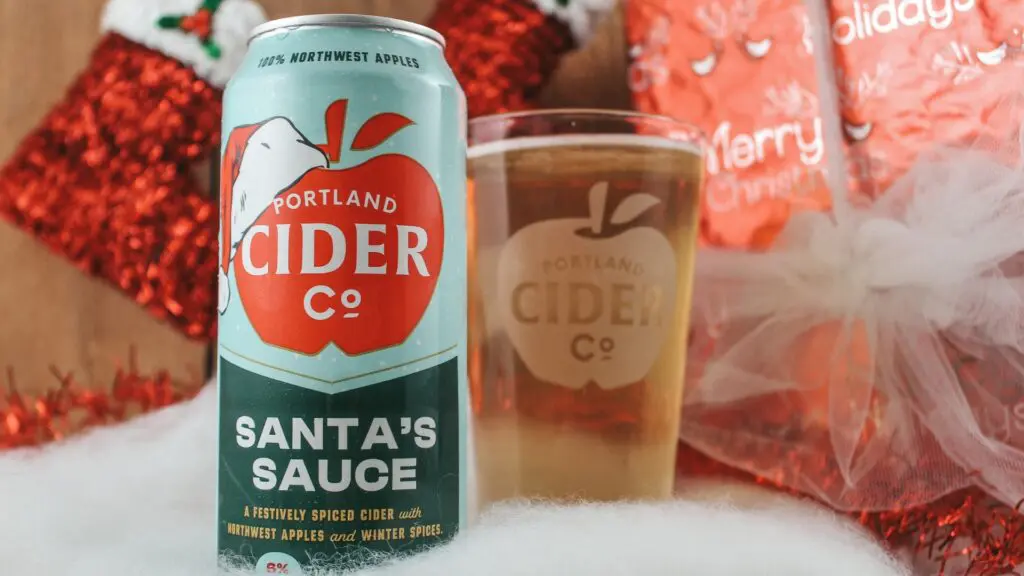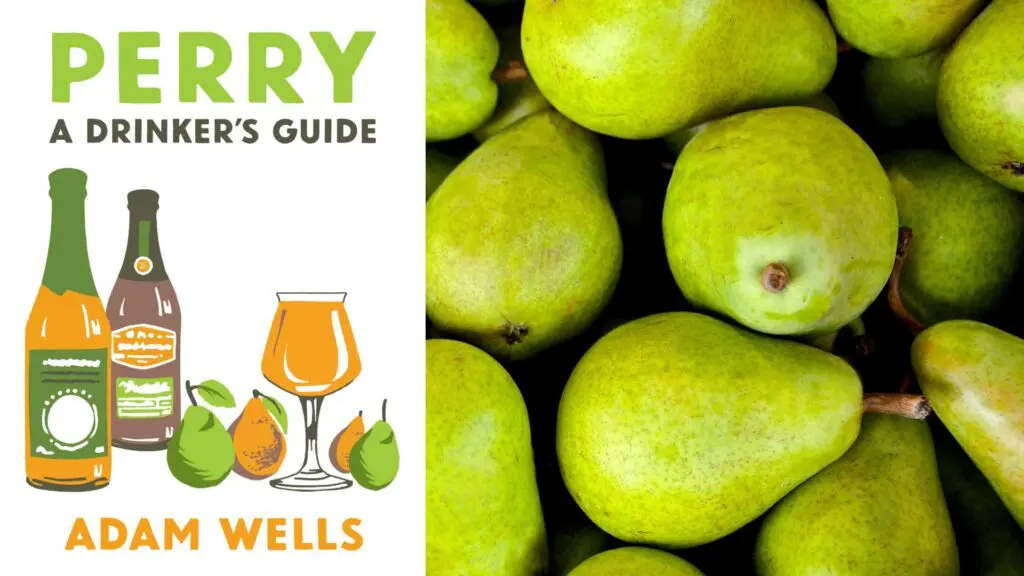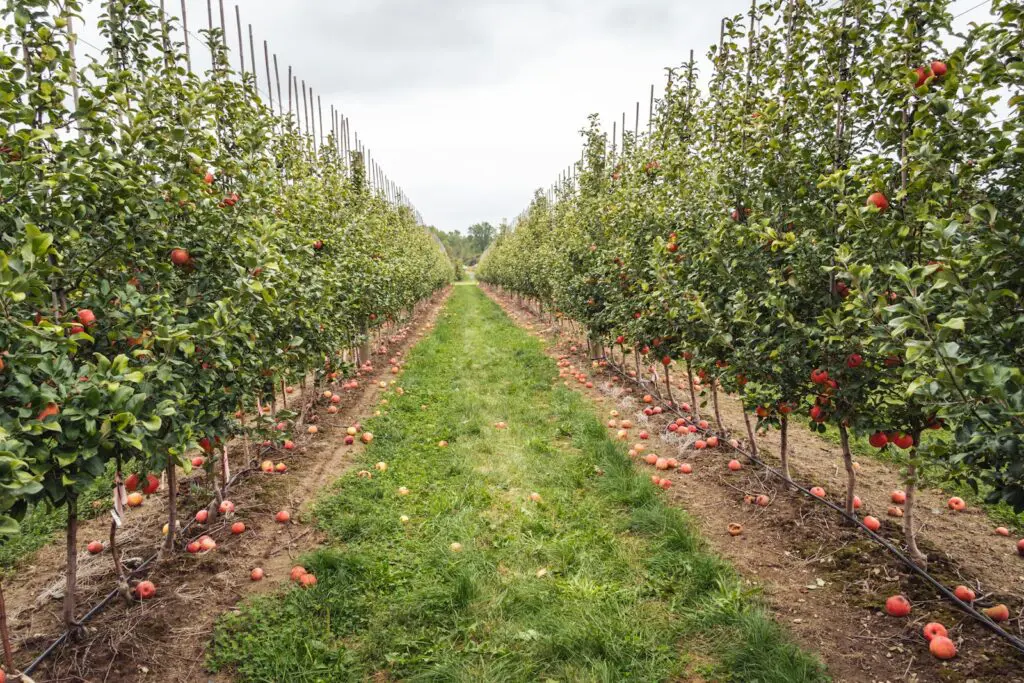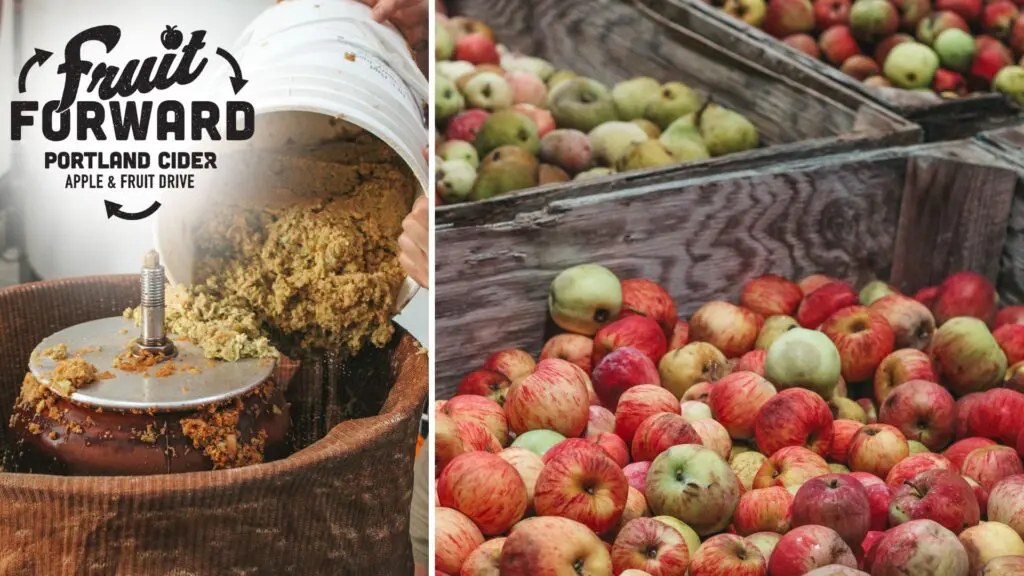With greater interest in cider comes natural inquiry about how to make the stuff yourself. It’s not surprising that the number of home cidermakers is growing along with the number of professional operations across the country.
Steve Wood, who with his wife and partner Louisa Spencer own Farnum Hill Ciders in New Hampshire, has watched the cider industry evolve significantly since he first started growing apples on Poverty Lane Orchards in 1965. In 1984 the couple began testing cider apple varieties, in 1989 they planted the first commercial cider orchard in North America and in 1995 they founded Farnum Hill. It would still be many years until they saw a greater consumer demand for cider — no less an interest in cidermaking — but that day did come. “There was this explosion of an industry that barely existed,” Wood says. “And to date we sell hundreds of gallons of juice each year to home cidermakers looking to make real, orchard-based cider.”
Brad Page, another cider industry veteran, has noticed a similar explosion. He owns Colorado Cider Co. in Denver. His juice is not pasteurized so he doesn’t sell it to home cidermakers, but every year he helps the Foam on the Range homebrew club source juice for their home cider creations.
Both Page and Wood note that a lot of people who make cider at home come from homebrewing backgrounds. Page is one of them — he used to brew beer for CooperSmith’s Pub & Brewing in Fort Collins before he launched Colorado Cider.
“There was a fairly large increase in cidermaking a few years ago, and it has stayed steady since,” says Mark Hurley, the assistant manager of education and events at The Brew Hut in Aurora, Colorado, where home cidermakers can buy kits and how-to books, and schedule pressing reservations to boot. More and more, homebrew supply shops are becoming great resources for people who want to make cider at home. Homebrew competitions are judging apple fermentations and competitions that include amateur makers, like Franklin County CiderDays and the Great Lakes International Cider and Perry Competition (GLINTCAP), are also gaining interest.
Despite a lot of crossover in the cultures of their products and now the stores that sell the necessary supplies, brewing and cidermaking are two very different processes. According to the experts, the key to making great cider is throwing all of the rules of homebrewing out the window. Here are their tips for making better hard cider at home.
All About the Apples
“Home cidermaking hasn’t achieved the critical mass that homebrewing has,” says Eric West, GLINTCAP director. “The main barrier is that fresh apple juice is a seasonal product, unlike the dried malts and hops used in beer.”
That barrier can really make the difference between good and great homemade cider, perhaps why every pro cidermaker asked recommends finding apples grown for cider or their juice to start the process.
“If our cider is any good it’s because our fruit is good,” Wood says. “If people want to make good orchard-based ciders from their region, they should start by finding the people growing apples for the purpose of making cider.”
Page recommends trying to find apples with good acid. “That’s the key, getting that acid balance right,” he adds. “If you’re in a good apple growing region like the Northwest or New York or Michigan, you’ll have access to better apples.”
If home cidermakers are lucky enough to live in these regions and can source whole fruit, Page says they’ll be able to make the best possible cider by pressing their own juice. “The next best thing is to find organic juice that doesn’t have sorbites or other preservatives that are going to inhibit fermentation,” he continues. “I use 11 pounds per gallon as a rule. That varies with apples and juice content of course.”
Serious cidermakers can pay a few hundred dollars for their own apple crusher and cider press, or they might be able to find a local cider company, winery or homebrew supply shop that can press apples for them.
“It is usually recommended to use multiple types of apples to get a nice well-rounded cider,” says Hurley. “One for sweetness, one for tannin and one that is tart.”
Be Patient
Now that you’ve sourced, crushed and pressed your apples into juice, the next step is fermentation for which cidermakers have a choice: to add, or not to add, yeast.
If it’s your first batch, start with a packet of dry white wine yeast. Dry yeast is the standard in wine and cidermaking, says Page. Home cidermakers need not spend money on fresh yeast cultures, he says, because they end up buying individual dry yeast pitches for each batch. “The yeast that goes into wine or cider isn’t continually pitched from batch to batch like beer,” he explains.
Once yeast is added, or pitched, the best advice the pros have is to be patient. “Traditionally at European farmhouse cideries, cidermakers would press apples in late fall, let natural yeast sit over the winter and ferment really cold,” Page says. “They didn’t think about drinking it until spring.” At Colorado Cider’s ferment sits at 55 degrees Fahrenheit for about 10 days. Home fermentations have less temperature control and can take even longer to ferment and clarify, he explains.
“Time is really the greatest thing you can give to clarify your cider,” continues Page. “But most of the home crafters I know aren’t very patient.” He says it’s easier to add pectin, a gelling agent extracted from fruits that you can find at most home winemaking and homebrew stores, but if you wait, that cloudiness will fade away.
West is one of those patient ones. He’s been making cider at home for a decade, often from apples he harvests himself. “My wife and I discovered a mostly abandoned orchard that was likely planted in the 1940s or 1950s,” he says. “We return each year to collect enough apples for five to 10 gallons of cider, and leave the rest for other foragers.”
He says he’s experimented with “hands-on approaches to fermentation,” like pitching yeast and controlling the temperature of the environment. But now he relies solely on the native yeasts present in the fruit to ferment his ciders. This, of course, takes much longer than pitching a wine yeast to aid fermentation.
There’s a lot of acid at play during fermentation, Page adds, so it’s important for the pH (the scale of acidity) of your cider to allow for healthy fermentation. “We like our acid to be 4.5 to 5 g/L of malic acid. If you have a way to measure pH, then 3.5 pH is ideal,” he says. Meters for measuring pH cost anywhere from $50 to $300, and can be found at most winemaking and homebrew supply shops, as well as online marketplaces.
Accept the Agriculture
Though they’re often the people who get most excited about the cider fermentation process, homebrewers are the hardest to advise about it, Wood says. “Both pro and homebrewers want to keep fiddling with things,” he adds. “My best advice to [a] home cidermaker is leave it the hell alone.”
Much like in winemaking, if you have good ingredients you don’t need to add additional ingredients, or “put your own stamp on the fruit,” as Wood says. “Get good fruit or good juice and get out of the way. We’re like the custodians of this stuff.”
These four professionals all agree in letting the apples speak for themselves. They have deep respect for the harvest and the season as part of the cidermaking process. And because cider is an agricultural product, there’s a lot about the process that’s simply out of their control.
“The ciders [from foraged apples] can be quite different from year to year, even with apples from the same source,” West adds.
So instead of trying to make the same batch over and over, Wood says Farnum Hill is constantly striving for improvement. “We’re always trying to make a better batch than we did last year,” he says. “I like to think that in five years it will be better than it is today. We’ve been doing this a long time and we still feel like amateurs. We’re not only still learning; we’re in constant state of terror and confusion, still trying to figure out how to do this… The result, though, is that we’re able to grow and make some really good stuff.”
This article originally ran in the print Vol. 11 of Cidercraft Magazine. For the full story and more like it, click here.

